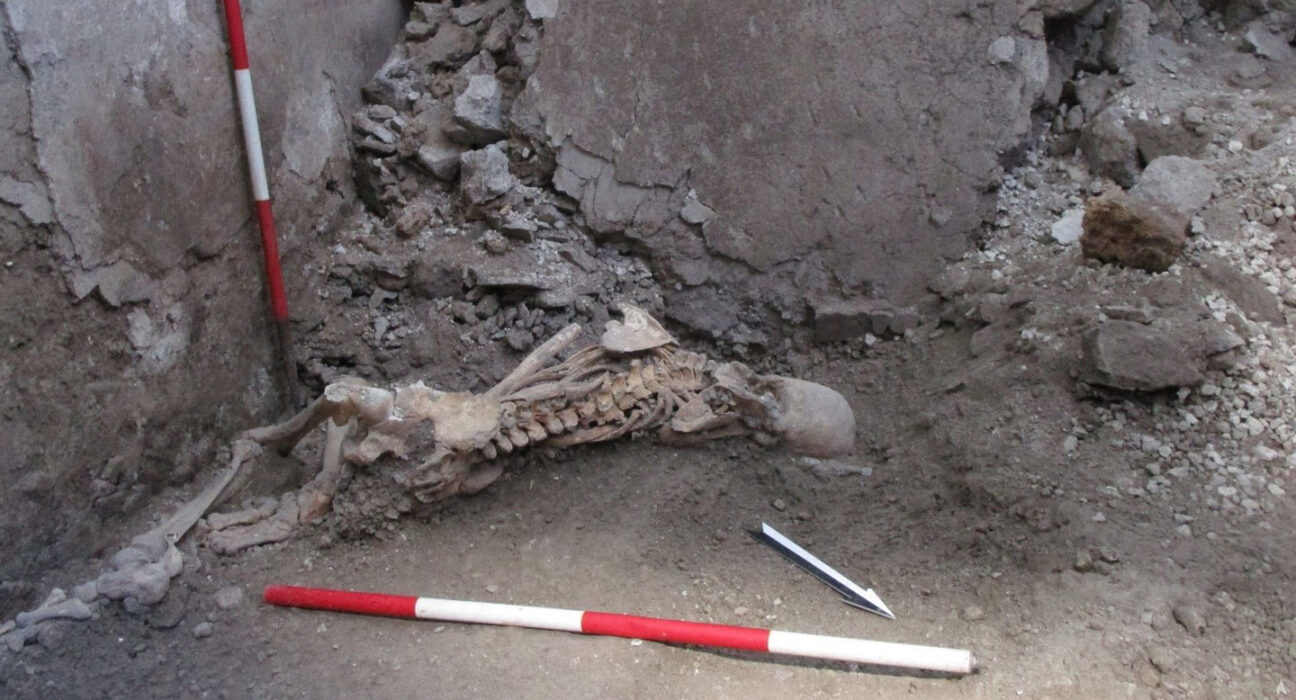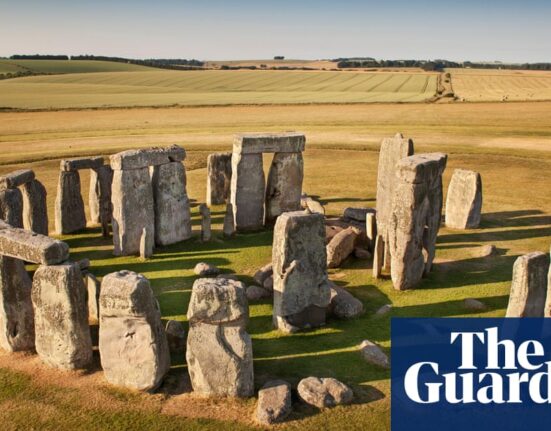Nearly 2,000 years ago, a huge volcano in southern Italy suddenly, explosively woke up. Ash and gas from the eruption killed at least 1,500 people in the cities of Pompeii and Herculaneum. That event has gone down in history as one of the ancient world’s deadliest natural disasters. Now, a new study suggests that it wasn’t just erupting material that doomed Pompeii. Earthquakes may have been another killer.
Researchers shared their findings July 17 in Frontiers in Earth Science.
The volcano that savaged Pompeii and Herculaneum was Mount Vesuvius. It erupted in A.D. 79. Its thick clouds of superhot gas, ash and rock reached into the stratosphere. That choking, scalding mix quickly fell back to Earth, blanketing nearby cities.
Adding to the destruction were pyroclastic flows. These were dense torrents of hot gas and rock that sped down the volcano’s slopes toward the nearest cities.
Past excavations of Pompeii revealed people fully encased in ash. Their bodies tell the tale of a swift, scalding end. In Herculaneum, people that sheltered in stone boathouses may have survived the heat only to slowly suffocate from toxic volcanic gases.
But there’s also historical evidence of an earthquake during the disaster.
Roman author Pliny the Younger witnessed it from Misenum, across the Bay of Naples from the volcano. He later described the catastrophe in a series of letters. In one, he wrote of “earth tremors” felt at Misenum. Apparently, they became “so violent that everything felt as if it were being shaken and turned over.”
The force of the eruption could have caused such strong, seismic shocks, says Domenico Sparice. This volcanologist led the research. He works at Istituto Nazionale di Geofisica e Vulcanologia. That’s in Naples, Italy.
If earthquakes did rattle Pompeii, they may have forced the city’s people to make a deadly choice. Seek shelter from the eruption in buildings made unstable by quakes. Or flee outside into the scalding ash.
Tale of two skeletons
Sparice and his colleagues wondered what role earthquakes might have played in Pompeii’s death toll. So they turned to two newly excavated rooms in a Pompeiian house. It was in an area of town known as Insula of the Chaste Lovers.
Walls here were decorated with unfinished paintings, called frescoes. Piles of mortar leaned against garden walls and rested on the kitchen counter. Vesuvius seemed to have interrupted the building’s renovations.
Remains of two men were found in the house near remnants of a crumbled wall. Both were around 50 years old when they died. Their skeletons showed multiple rib fractures. Their pelvic, arm and facial bones also had severe breaks. Those injuries hint that powerful forces crushed the men. One man was huddled on his left side, his left hand protecting his head.
Together, the evidence suggests these men took shelter from the initial hot rain of gas and ash inside the house. They survived that deadly downpour, which lasted some 18 hours. But after the ashfall let up, the ground shook. A lot. Those earthquakes were strong enough to bring down the home’s walls and crush the men.
The collapse of the volcano’s central crater could have triggered the killer quakes. That collapse also set off the volcano’s final, deadliest phase. Pyroclastic currents of hot gas, ash and molten rock swept across the region.
Pompeii was left buried beneath a 1.8-meter (6-foot) layer of debris.
A fuller picture of Pompeii’s doomsday
The findings confirm “what archaeologists have assumed was the reality,” says Kevin Dicus. This archaeologist works at the University of Oregon in Eugene. He did not take part in the new study. Earthquakes were thought to be part of Pompeii’s demise. That’s partly due to Pliny the Younger’s account. But Dicus appreciates the new physical evidence for this idea.
The study also “gives us a better picture of what the people at Pompeii went through on that day,” he says. “And why some people chose to stay and ride it out. It was clearly already a hellscape outside. The ash cloud turned day to night. Rock and ash were raining on them. Now we can add a violently trembling ground to the mix.”
Findings like these revise the picture of who was trapped by the eruption, Dicus adds. Scientists once thought that it was mostly the old, ill or enslaved people who could not escape. In truth, it seems Pompeii’s apocalypse claimed a wide range of victims.













